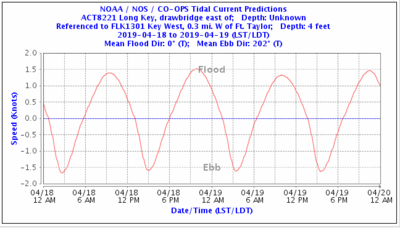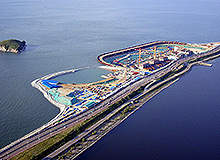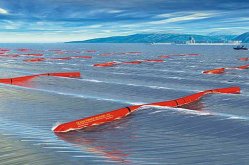svetz
Works in theory! Practice? That's something else
There are a number of great uses for Hydroelectric (like dragging a hydro turbine behind your sailboat) when the conditions are right.
But what about tidal power?
The Magnus effect seems promising. See https://www.diysolarforum.com/index.php?threads/the-magnus-effect.26/ for discussion in air.
The density of sea water is 1000x that of air, and it's not uncommon to see currents over 0.5 mph over 18 hours a day under bridges or other restricted flow areas. Since the Magnus effect is linear to fluid flow; just multiply the numbers in the other post by 1000.

None of what's here is new, folks have been looking into this for a long long time. But AFAIK, none of these are being used for power generation anywhere; so it makes me think there's some fatal flaw with it. The US Navy did a report on it here: apps.dtic.mil/dtic/tr/fulltext/u2/a165902.pdf, I really like the rudder/keel applications.
But what about tidal power?
The Magnus effect seems promising. See https://www.diysolarforum.com/index.php?threads/the-magnus-effect.26/ for discussion in air.
The density of sea water is 1000x that of air, and it's not uncommon to see currents over 0.5 mph over 18 hours a day under bridges or other restricted flow areas. Since the Magnus effect is linear to fluid flow; just multiply the numbers in the other post by 1000.

None of what's here is new, folks have been looking into this for a long long time. But AFAIK, none of these are being used for power generation anywhere; so it makes me think there's some fatal flaw with it. The US Navy did a report on it here: apps.dtic.mil/dtic/tr/fulltext/u2/a165902.pdf, I really like the rudder/keel applications.







